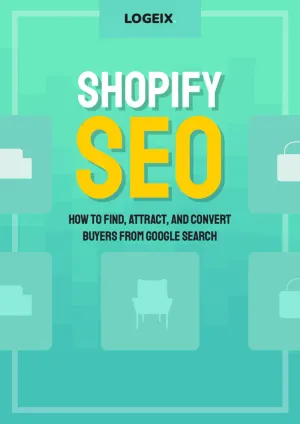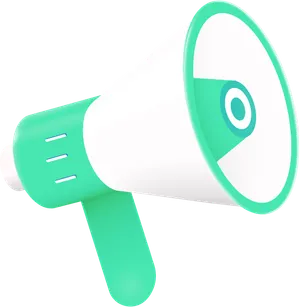What is the ROI of Shopify SEO
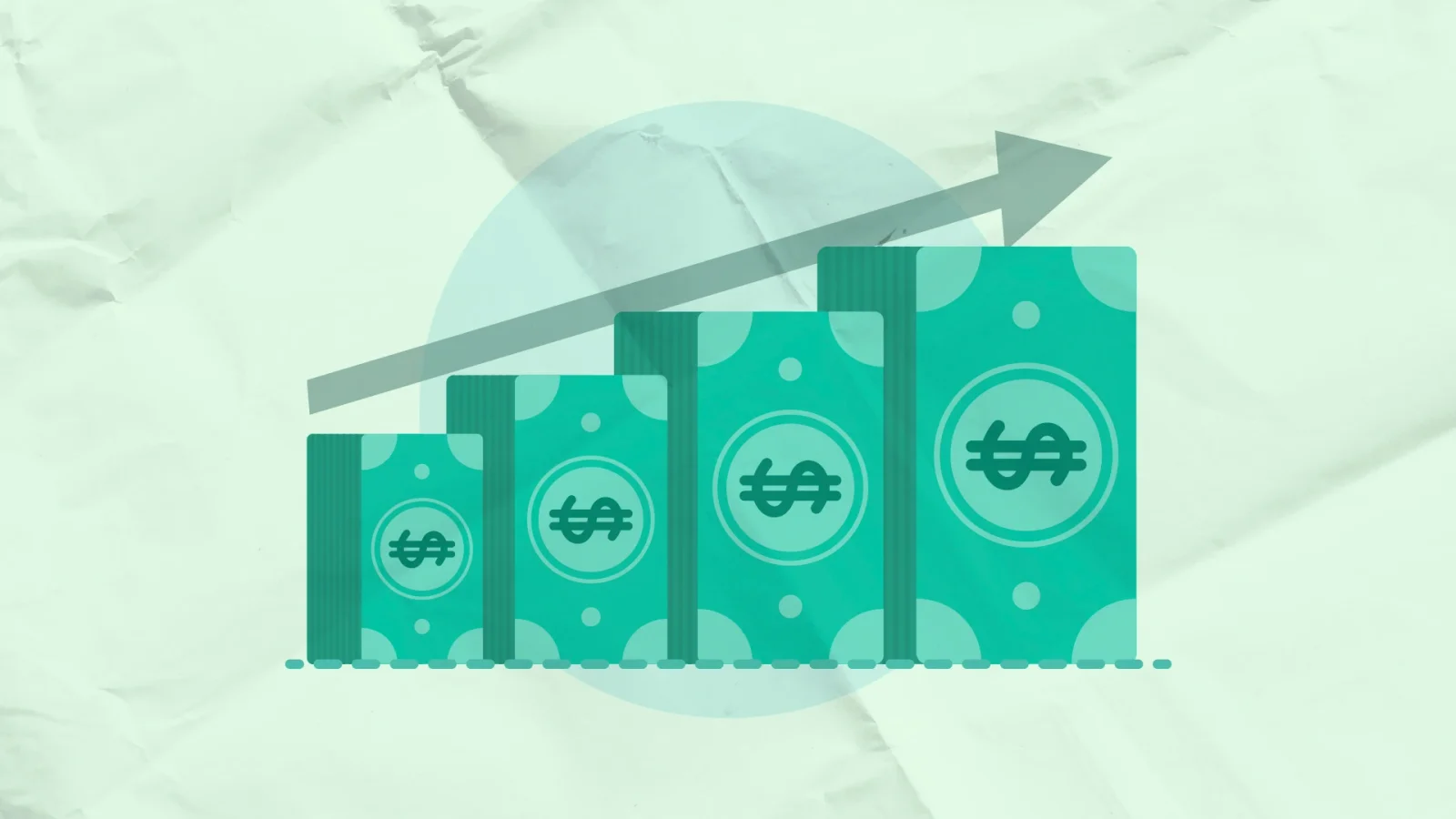
So you’re looking to invest in Shopify SEO for your business, but naturally you want to know:
What’s the ROI potential?
Most SEO agencies dodge this question faster than a coughing person in 2020.
But in this guide, I’ll show you how to figure it out.
What is Shopify SEO ROI?
Shopify SEO Return on Investment (ROI) refers to the net positive revenue generated from implementing search engine optimization strategies on a Shopify Store after expenses. This is usually expressed as a ratio or percentage.
At Logeix, our average client ROI so far is 10.55x, or 1,055%. That means for every $10,000 our clients have paid us, we’ve generated $115,500 for them.
Shopify SEO ROI Formula
The basic formula for calculating ROI is:
(Revenue from organic search channel − SEO spend) ÷ SEO spend × 100
For example:
If you invested $50,000 into SEO last year, but brought in $600,000 of revenue from organic search. Your ROI would be:
($600,000 − $50,000) ÷ $50,000 × 100 = 1,100%
What’s a Good ROI In Shopify SEO?
A good ROI from Shopify SEO depends on your budget, starting point, domain authority, timeframe, alternative ways of using capital, etc.
But as long as it’s greater than zero, you’re at least not losing money. Then it comes down to lifetime potential and the best use of capital.
One common mistake is comparing this to ROAS (return on ad spend), the difference here is that ROAS will stop as soon as you stop investing, whereas SEO ROI continues compounding long after you stop investing.
At Logeix, we like to see an ROI potential of at least 300-400% (3x to 4x) before deciding to work with a client, usually more.
How To Calculate Shopify SEO ROI potential
Now that you understand how to calculate your current ROI, how do you determine the potential for growing this?
There’s a few techniques for doing this, let me show you:
Estimating ROI: AOV, conversion, and traffic projection
As an eCommerce store, it’s very easy to understand the value of traffic.
Simply look at your average order value (AOV) and eCommerce conversion rate to determine your revenue per user (RPU):
Average order value × eCommerce conversion rate = Revenue per user
For example:
If your AOV is $100 and your conversion rate is 2%, then your revenue per user would be $2.
At this point, we can then use traffic estimation data from Ahrefs to understand the traffic gap:
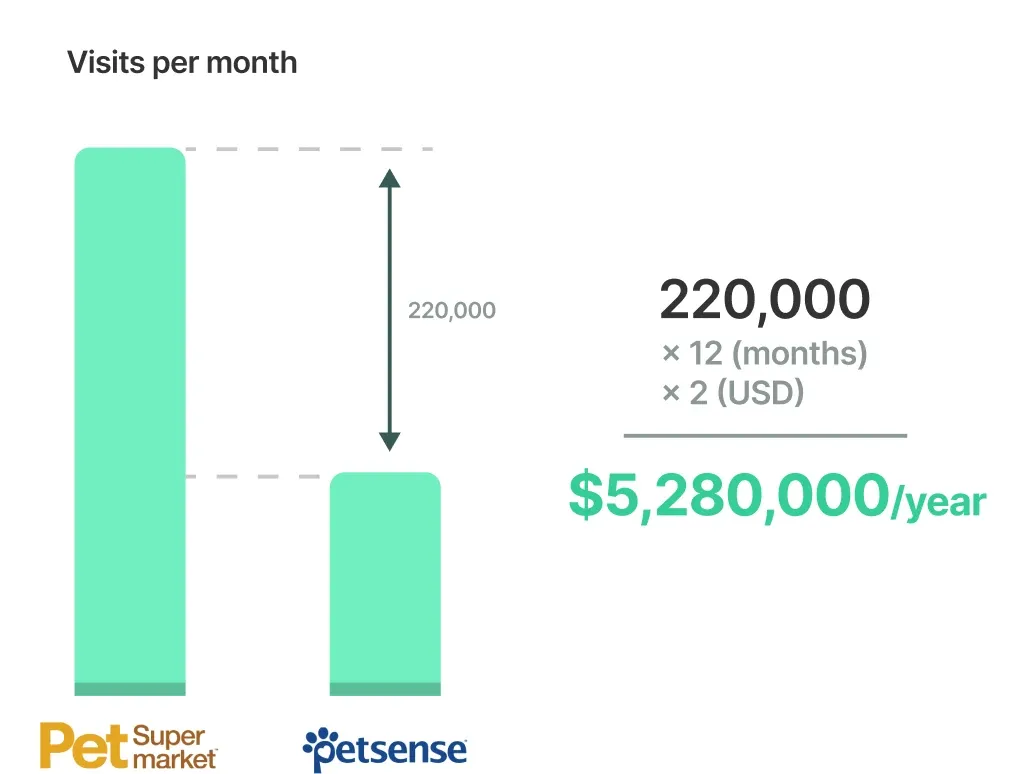
If we were to compare PetSense vs Pet Supermarket, we’d see a gap of 220,000 visits per month.
Based on a RPU of $2, that’s a whopping $5,280,000 per year in revenue potential.
Then it’s simply understanding how much it’d cost in SEO work to close that gap, and over what timeframe.
This can also be analysed on a collection page, product page, homepage, or blog post basis.
Estimating ROI: Traffic Value analysis
A simple way to understand the value of a page or post is by analysing the traffic value metric provided by Ahrefs or SEMRush.
Traffic value is calculated by looking at the keywords a page is ranking for, the estimated traffic these pages receive from these keywords, and the average cost per click to bid on these keywords. The end result is an estimate of how much it’d cost to buy this traffic with ads.
This can be analysed on a total addressable market (TAM) basis to understand the size and potential of a market.
But it can also be drilled down to specific pages, for example:
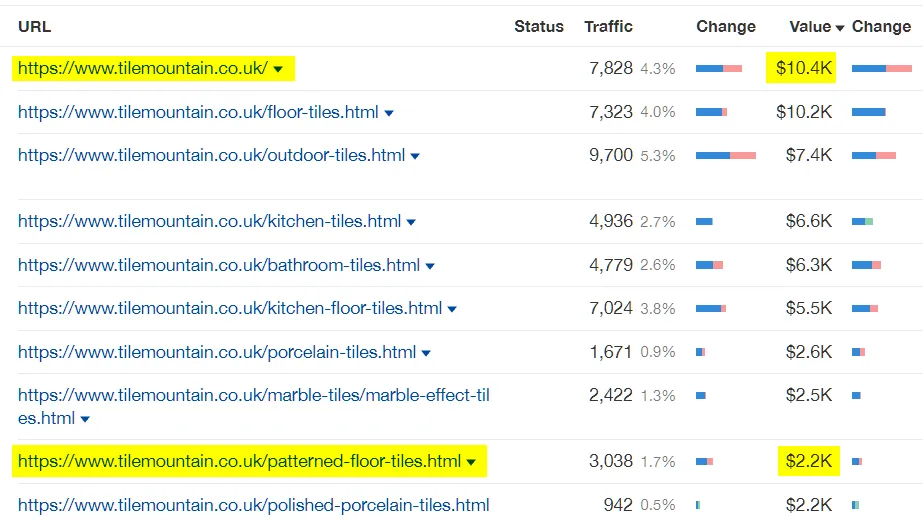
The “Value” column shows the estimated value of a page’s monthly organic search traffic.
We can see here that the value of the floor tiles category is $122,400 per year to TileMountain. Or as a possible missed opportunity, patterned floor tiles are worth $26,400 per year.
If you were missing one of these pages, this represents pure untapped potential.
You can also layer this with the AOV and conversion data previously. Looking at patterned floor tiles, for example, you may calculate that 3,055 users per month would be worth approximately $13,747.50 in monthly sales revenue to your business.
Intent and keywords
One thing to consider is that not all traffic and keywords are equal in value.
We’re big believers in ROI focused SEO campaigns, and if you review the data, traffic entering collections or products will be significantly higher than blog content.
Let’s compare the data for a couple clients:
| Beauty Client | Specialised Clothing Client | |
|---|---|---|
| Blogs ECR | 1.38% | 0.40% |
| Collections ECR | 7.54% | 1.14% |
| Products ECR | 5.79% | 1.54% |
* E-Commerce conversion rate for organic search channel over past 6 months
Your website may differ, but generally someone searching for a specific product or type of product will convert much higher than informational searches commonly targeted on blog posts.
This doesn’t mean blog content is ineffective, only that SEO work should be properly prioritised to generate a high ROI.
What time frame?
Another factor to consider is the timeframe being reviewed. SEO results and revenue compounds over time, but it also tends to be fairly capital intensive initially.
With paid ads, you’re paying for a click. But with SEO, you’re paying for time spent improving pages, resolving technical issues, building backlinks, etc.
The net effect after all of this should be growing search traffic, sales and revenue. But the timeframe this is analysed on will have a huge impact.
ROI after 6 months, may be negative. It’s not unrealistic to have spent $30,000 on SEO in the first 6 months, then saw less than this in revenue added. It’s not something that happens quickly.
But fast forward, 12 months or 3 years, the cumulative revenue generated from this SEO work can add up significantly.
Even if SEO doesn’t continue growing (which is unlikely), adding $450,000 of annual revenue from a $60,000 investment means after 12 months you’ve had a 650% ROI. Over 3 years however, that’s a 2,150% ROI.
Now that you’ve understood the basics, check out our free Shopify SEO ROI estimator calculate your store’s potential.
Increasing Your Shopify SEO ROI
To make the most of your Shopify SEO work, here are 3 core strategies we recommend all our clients implement to maximise the ROI:
1. Start with site-wide factors
There’s a number of changes impacting page structures, navigation, and technical issues that can be completed all at once that will improve most of the website simultaneously.
This is a high priority starting point as you’re multiplying the impact of these changes across your entire website, rather than a single page at a time.
2. Create missing collections
When comparing top pages in Ahrefs of competitors versus your website, most of our clients have missed hundreds of thousands of dollars per year in traffic value potential, by simply not having collections for every type of keyword.
Creating these pages unlocks this potential, and in many cases, Shopify stores with decent domain authority are able to quickly generate traffic to these pages.
3. Prioritise pages based on traffic value
Approach your page-level SEO work from a revenue growth perspective. Prioritise pages based on the traffic value potential, and use this metric for understanding the amount of resources to dedicate to this.
If a page has a traffic value potential of $60,000 per year, it would make sense to spend hours improving this page, creating internal links, and building a decent number of backlinks to the page.
But for a page with $1,000 per year traffic value potential, it may make sense to do some quick tweaks, but little beyond that.
What’s the ROI potential of SEO for your Shopify store?
Hopefully you now have a better understanding of how Shopify SEO should work, as well as different ways to calculate the ROI.
If you’d like me to analyse your competitors and calculate this for you, book a free analysis here.
